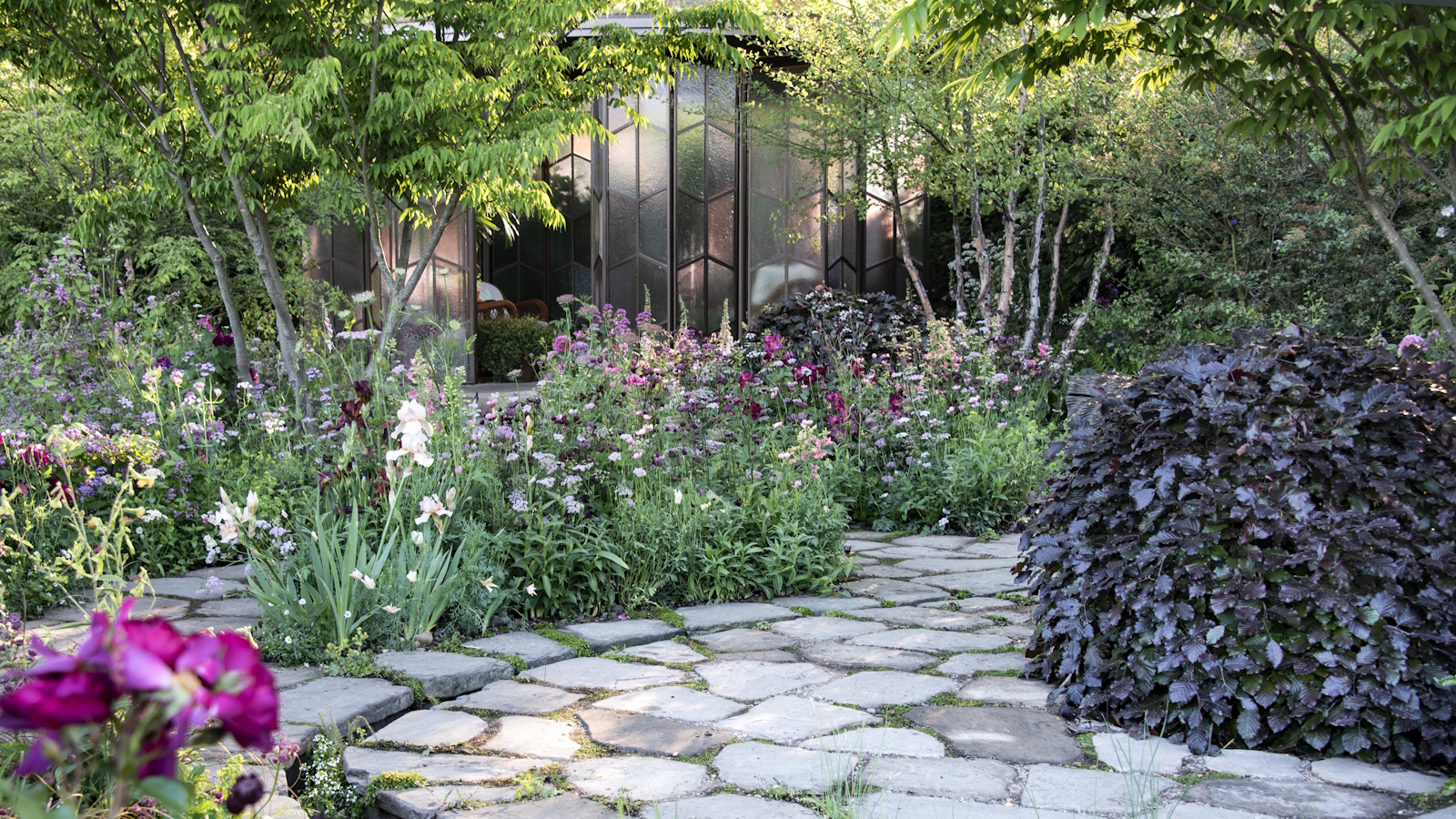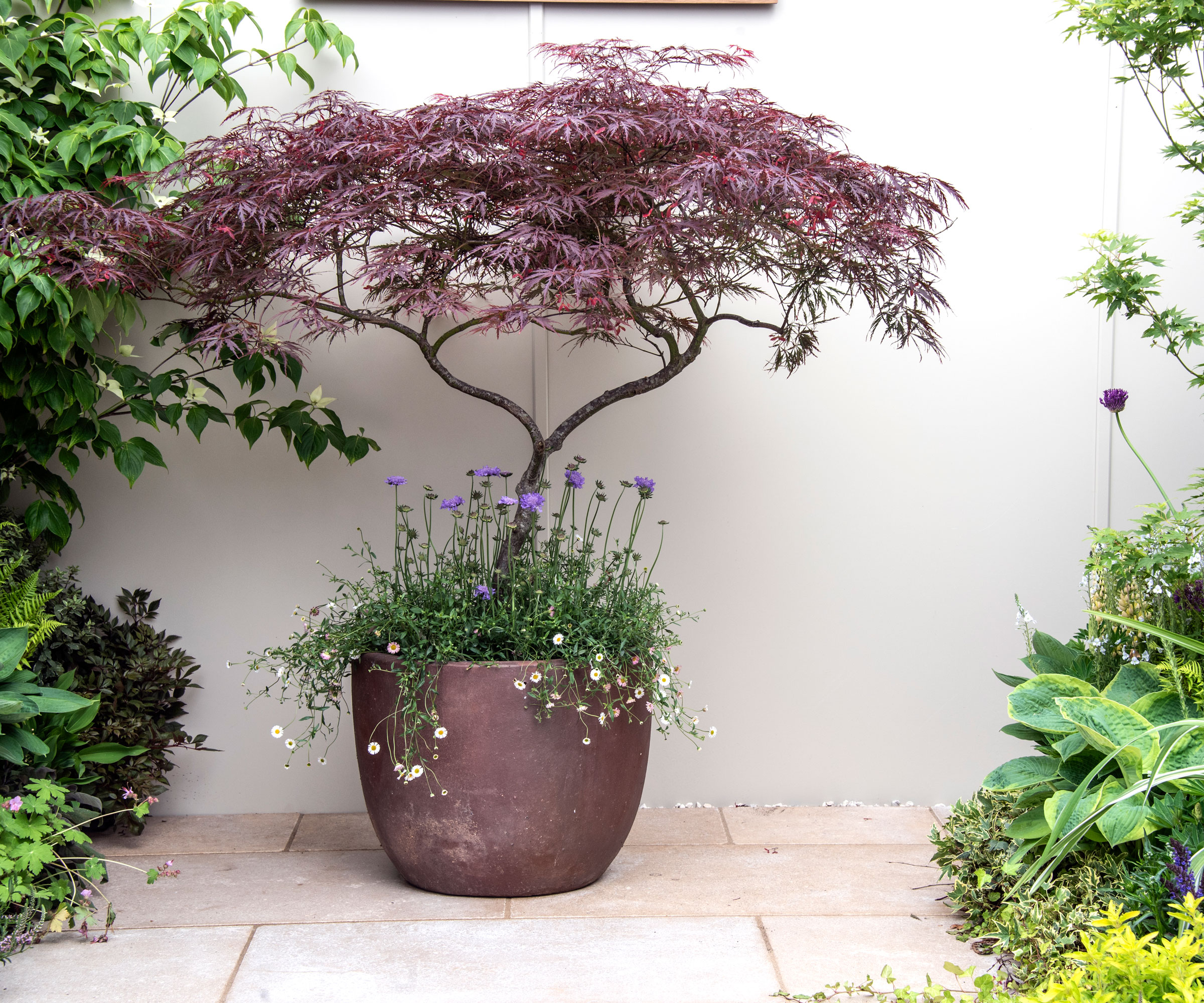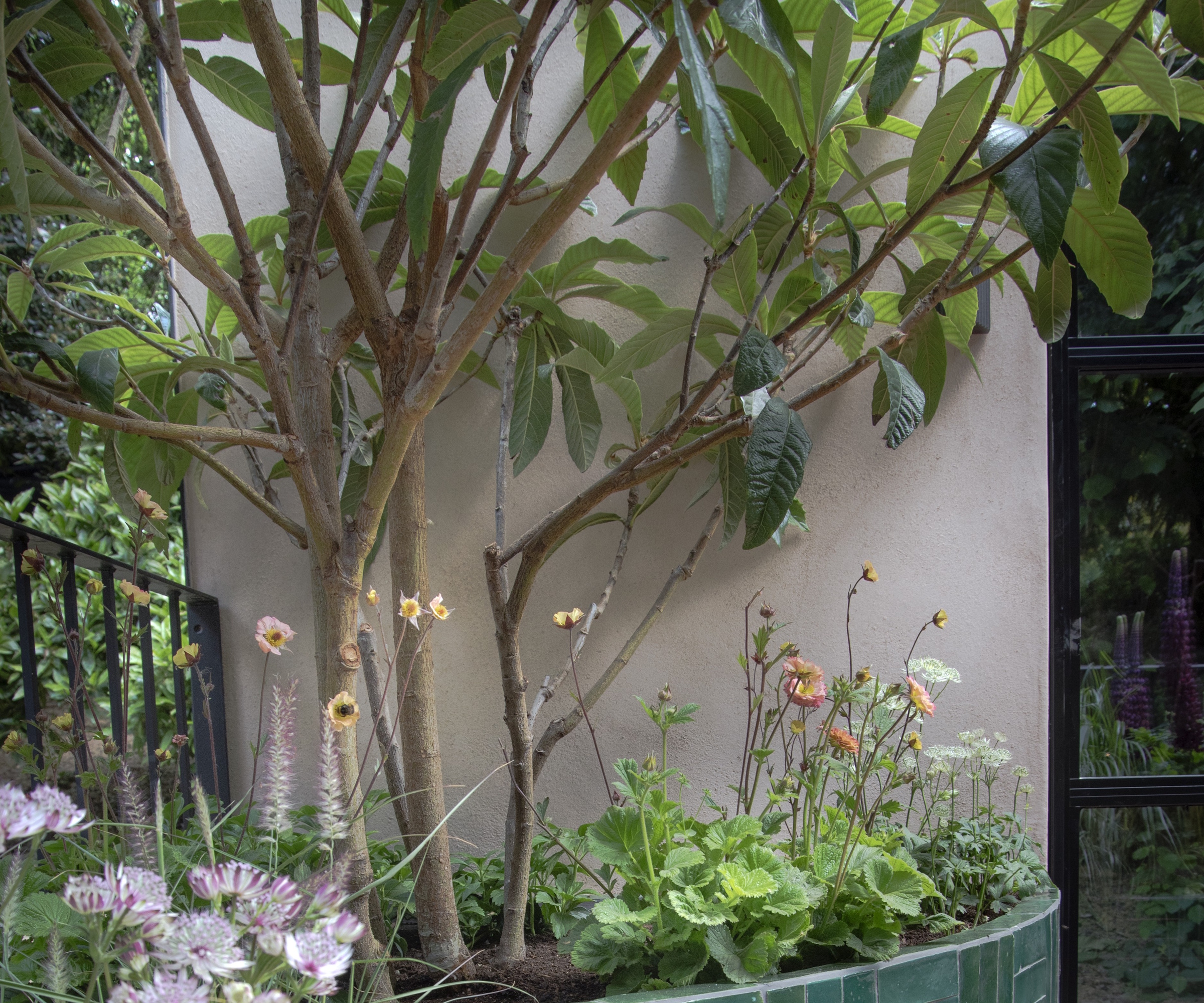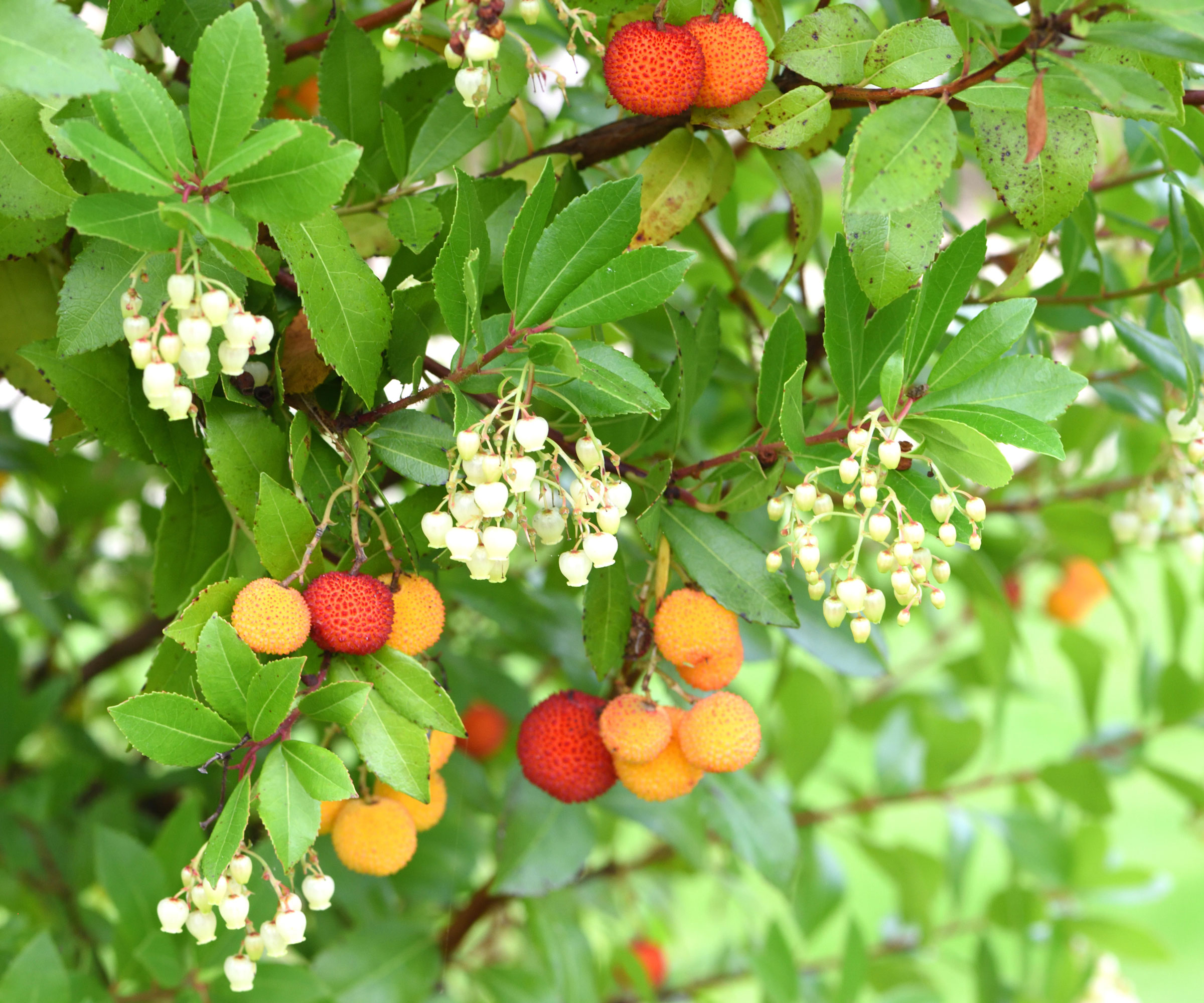5 small trees that thrive on neglect – expert picks of beautiful, small-space species you can blissfully ignore
These easy-going trees are perfect for urban yards where space is at a premium


After years of working as a professional gardener in very different climates, from the warmth of Tuscany to the wet hills of South Wales, I’ve come to really value the plants, shrubs and trees that are tough and reliable. Those species that need little attention, and quietly hold a space together, offering structure, shade, and a real sense of enclosure and protection.
I’ve spent years working with and studying trees, and co-authored The Tree Atlas in 2024, all of which has only deepened my appreciation for the extraordinary range of trees worldwide. But when it comes to small gardens, pots or patios, I think it’s the fuss-free few that truly shine. The easy-going varieties that don’t demand attention but always deliver on impact and aesthetic.
And, after nearly a decade of working in a range of public and private gardens, I have a select few go-to trees that are perfectly suited to time-poor and space-short gardeners. So, if you’re after some of the best low-maintenance trees that can handle a bit of neglect and still look good doing it, this list is for you.

5 small trees that thrive on neglect
While the following five small trees and shrubs that thrive on neglect are low-maintenance, remember that there is no such thing as zero-maintenance plants, particularly for pot-grown specimens that can dry out very quickly in summer.
Your approach to tree care will depend on where you live and your US hardiness zone, although regular watering and feeding for these tough options will usually only be required in the first year or two while they establish.
1. Japanese maples

When it comes to growing Japanese maple trees, or Acer palmatum, these are certainly small trees that thrive on neglect.
They are remarkably hardy, usually able to withstand cold down to zone 5 or even zone 4, and so long as they are planted in a sunny or part-shade situation with moist but well-draining soil, they will grow just fine without much effort.
Design expertise in your inbox – from inspiring decorating ideas and beautiful celebrity homes to practical gardening advice and shopping round-ups.
While there are many different varieties of Japanese maples, from the lime-green 'Going Green' to the coral-veined 'Sango Kaku', it tends to be the maroon and red options that most people obsess over.
For a crimson variety, try the infamous 'Bloodgood' Japanese maple, with live plants available from Perfect Plants Nursery, sold via Walmart.
'Japanese maples are easy to grow, but can often suffer in exposed situations, especially in climates that are too hot and dry,' says Terry Huang, plant expert and Director of Living Collections at South Coast Botanic Garden in the Los Angeles area.
'They make wonderful specimens in containers, especially dwarf varieties, as they are better suited for long-term container culture,' Terry adds.
'For small spaces, I recommend Acer palmatum 'Cupid', which is a low-maintenance dwarf variety and is grown for its stunning coral-red bark,' Terry continues.
'I also love Acer palmatum 'Crimson Queen', a classic weeping variety with feathery, plum foliage that shifts to crimson and red in the fall.'
Live weeping 'Crimson Queen' Japanese maples are available to order from Amazon.

Terry Huang is the Director of Living Collections at South Coast Botanic Garden in the Los Angeles area. He loves to share his passion for plants by finding creative ways to make botany and horticulture fun and accessible for all.
2. Loquat

Loquats are some of the easiest evergreen trees to grow, thriving in sun-soaked yards and dry soil. Live loquat trees are available from Walmart.
In fact, if you reside in zone 8 to zone 10, you will be hard pressed to find an evergreen species that is quite so simple to look after.
In terms of how to grow a loquat tree, these tropical plants love warmth, so planting them in full sun is best.
They are also some of the best drought-tolerant fruit trees, although deep watering is important during the first year while your tree establishes.
While they can grow up to 30 feet in the ground, if planted in pots, their height and width will be limited, as you can see in the image here. You can also prune any wayward stems in early spring to keep your loquat tree compact.
3. Pines

There are over 100 species in the Pinus plant family found growing worldwide. Many hold on to their needles in every season, and are considered impactful evergreen trees for gardens that look just as good in winter as they do in summer.
Many of the best pine trees (some 49 species) are native plants of North America. Some are widespread, such as the eastern white pine, Pinus strobus, while some are incredibly rare, such as the Torrey pine, Pinus torreyana, found in only two locations in California.
One tough evergreen shrub that thrives on neglect is the mugo pine, or Pinus mugo. This dwarf, low-maintenance shrub is hardy down to zone 3, and can handle frozen winters without any worry.
It is also well-suited to smaller yards, as you can see in the container garden image here, with a slow-growth rate that means you very rarely need to prune.
Live Pinus mugo shrubs and trees are available to order from Nature Hills and are perfect for pot displays in small spaces. For the best results, plant in full sun to part shade and water well in the first year.
If you have a damp yard, one easy-to-grow option would be the loblolly pine, or Pinus taeda. This North American species can be grown from zones 6 to 9 and thrives in boggy, waterlogged soil with little maintenance required.
4. Strawberry Tree

Arbutus unedo, or the strawberry tree, is another good evergreen option and is considered one of the best trees to grow in pots.
I have previously grown this species in a pot on a central London balcony, and it performed remarkably well up against freezing winters and scorching summers.
Growing best from US hardiness zone 7 to zone 10, the strawberry tree thrives in sunny and sheltered spots with little attention needed.
They can reach upwards of 25 feet, although in narrow borders or containers, their growth will be restricted, limiting the amount of pruning that is needed.
In pots, I recommend mulching around the tree’s base to help retain soil moisture during summer, although they are generally very drought-tolerant.
When they are growing well, strawberry trees will produce masses of small creamy-white flowers in spring, before red, strawberry-like fruits emerge in fall. Sadly, these are more ornamental than edible.
Live strawberry trees, Arbutus unedo, are available as starter plants from Amazon.
5. Dogwoods

Many native dogwood trees will prove to be low-effort but high-impact in smaller plots.
Take Cornus florida 'Cherokee Chief', for example, which is a great option for compact yards. With abundant blooms in spring followed by dramatic fall foliage, this variety more than earns its spot in any border or pot display.
Live 'Cherokee Chief' dogwood trees are available to order via Amazon.
'For native dogwoods, I recommend the Pacific dogwood, or Cornus nuttallii,' says Dr Ross Bayton, Director at Heronswood Gardens in Washington.
'Growing in a range of climates and landscapes across North America, this easy species does best from zone 7 to zone 9,' Ross adds.
'It will tolerate shade, although the Pacific dogwood will produce more flowers in part-sun.'
While dogwoods are low-maintenance, they do best in fertile, moderately moist soil, so applying a thick two to four-inch layer of mulch each fall is a good idea.

London-born botanist and gardener Dr Ross Bayton gained his PhD at the Royal Botanic Gardens, Kew, studying the classification of tropical palms. He’s the author of several books on horticulture. He is now the director of the world-renowned Heronswood Garden in Kingston, Washington, and is developing a 5-acre garden at home in nearby Bremerton.
FAQs
Are serviceberry trees good for small gardens?
Yes, serviceberry trees, or Amelanchier spp., are suitable for small gardens. Whether grown in pots or borders, most varieties will grow no bigger than 15 to 25 feet tall, requiring little maintenance save for watering and feeding during the growing season.
In addition, many species are remarkably hardy and are a good option for cold, northerly yards down to zone 4.
Live serviceberry trees are available to order via Nature Hills.
For other fuss-free small trees that thrive on neglect, consider adding one or two other North American native trees.
In addition to dogwood or serviceberry trees, one of my favorites is the eastern redbud, or Cercis canadensis, with live plants available from Perfect Plants Nursery that all thrive in shady spots.
For a compact variety, try Cercis canadensis 'Ace of Hearts', which is a dwarf tree that will grow no bigger than 10 feet.
Our guide on how to grow eastern redbuds has all the information you need, including feeding and pruning tips.
Shop the look

Thomas is a Content Editor within the Gardens Team at Homes and Gardens. He has worked as a professional gardener for both public spaces and private estates, specializing in productive gardening, growing food and flowers. Trained in Horticulture at the Garden Museum, he has written on gardening and garden history for various publications, including The English Garden, Gardens Illustrated, Hortus, The London Gardener and Bloom. He has co-authored a Lonely Planet travel book, The Tree Atlas, due out in 2024.
You must confirm your public display name before commenting
Please logout and then login again, you will then be prompted to enter your display name.


